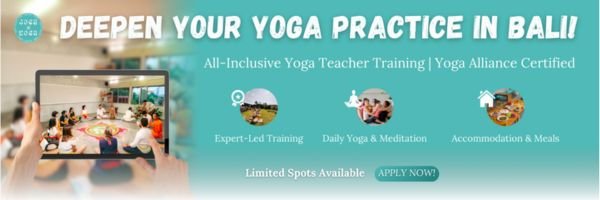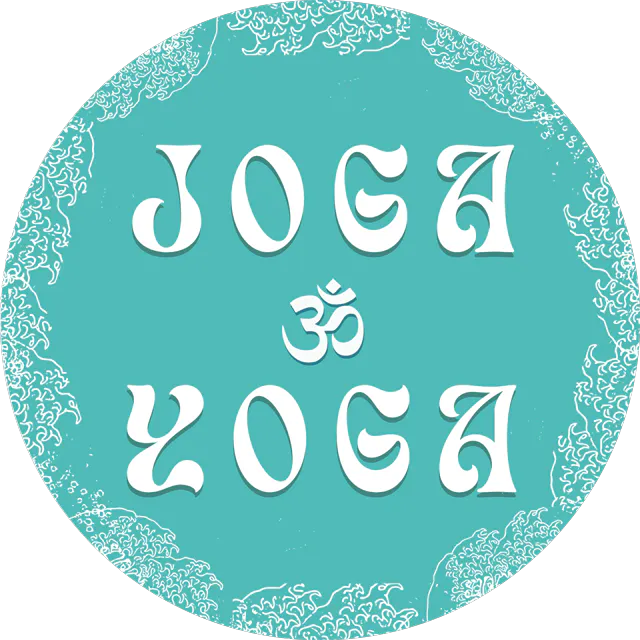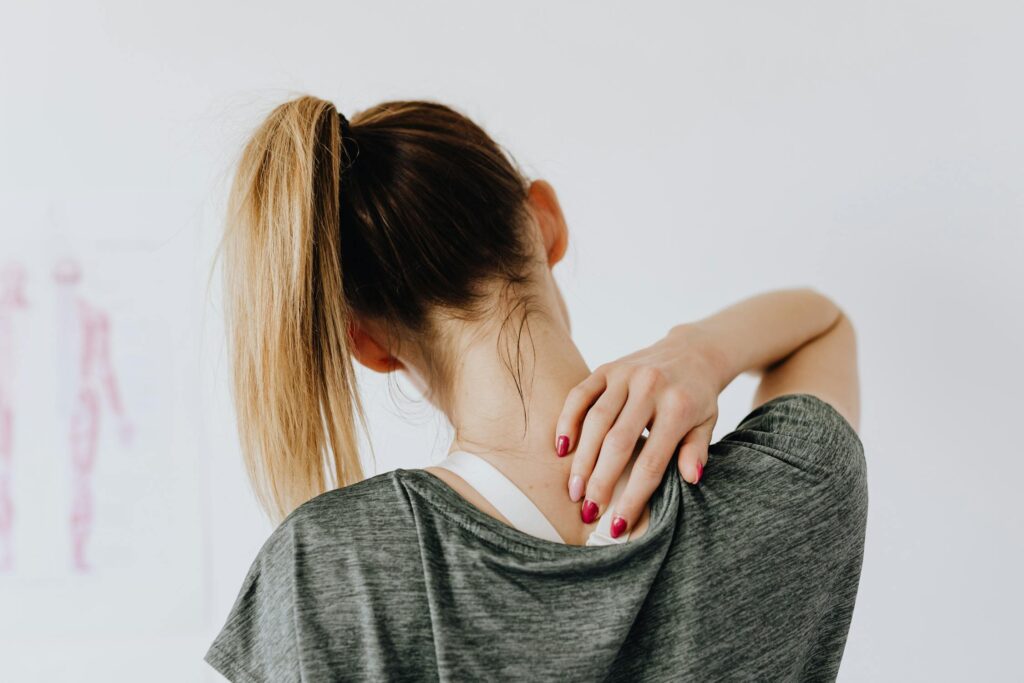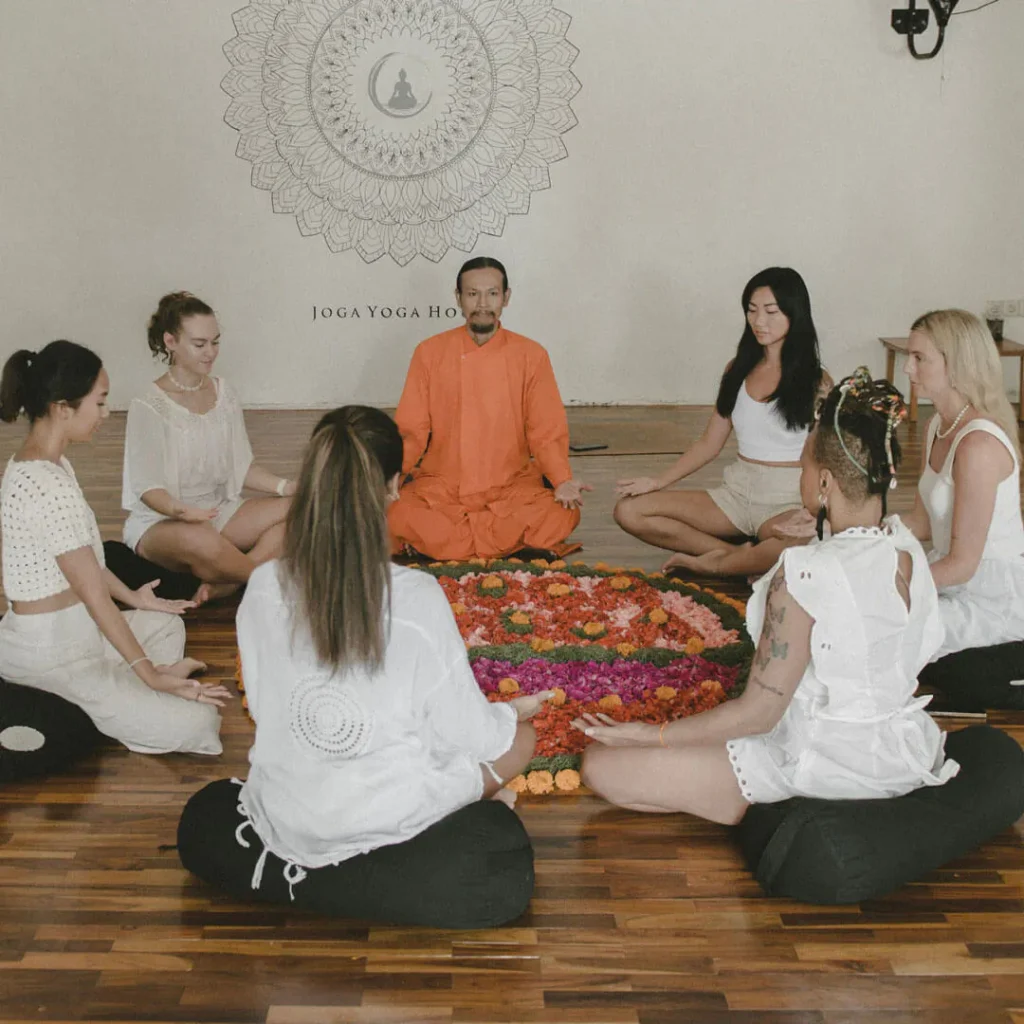Yoga can lower high blood pressure if you practice the right poses with slow breathing. Here are five safe, science-backed asanas to help manage hypertension, plus expert advice, real results, and proven safety tips.
What Is High Blood Pressure, and Why Should You Care?
High blood pressure (hypertension) quietly damages your arteries, heart, and kidneys, often with zero symptoms until it causes something serious like a heart attack or stroke.
Most people don’t realize they have high blood pressure until it’s already a problem. Here’s what actually raises your risk:
- Family history (your genetics play a big role)
- Diet high in salt, fat, or processed foods
- Lack of physical activity
- Chronic stress (yes, stress alone can push your numbers up)
- Getting older (arteries stiffen with age)
Nearly half of adults have high blood pressure, and most don’t even know it. [Mayo Clinic]
If you want to tackle stress—one of the silent drivers of high blood pressure—check out our guide to Yoga for Stress Relief.
How Yoga Works to Lower Blood Pressure (The Science)
Yoga reduces blood pressure by calming your nervous system, making your blood vessels more flexible, and cutting stress hormones.
It’s not just hype—clinical research shows yoga really works:
- Practicing yoga three times a week can drop systolic blood pressure by 5–8 mmHg. That’s enough to cut your risk for heart disease and stroke. [Harvard Health]
- Hot yoga counts, too: One study found people practicing hot yoga dropped their systolic BP by 5 points in just 12 weeks—even if they were new to yoga. [AHA News]
It’s the combination of movement, slow breath, and deep relaxation that makes yoga different from just stretching or basic exercise.
If you’re brand new to yoga, start with our Yoga for Beginners for easy, safe routines.
Who Should Be Careful with Yoga for Hypertension?
If you have uncontrolled high blood pressure or any heart condition, skip strong inversions, intense breath holds, and hot yoga unless your doctor gives the green light.
Certain yoga poses can spike your blood pressure if you’re not careful. This is not the time for ego or showing off on Instagram.
“Always check with your healthcare provider before starting any new exercise.”
— [Harvard Health]
If you want safe, slow-paced group practice, check out our Yoga Classes in Bali for options tailored to every level.
5 Best Yoga Poses for High Blood Pressure (How-To & Safety)
These five gentle, restorative yoga poses help regulate blood pressure—safe for most people, beginner-friendly, and supported by research.
1. Balasana (Child’s Pose)

Why it helps: Restores calm, lowers heart rate, and calms your mind.
How to do it:
- Kneel, big toes together, knees apart.
- Sit your hips back to your heels, arms stretched forward or by your sides.
- Forehead on the mat, breathe slow and deep for 1–3 minutes.
Safety tip: Place a pillow under your chest or forehead if your hips or knees are tight.
2. Paschimottanasana (Seated Forward Bend)

Why it helps: Soothes the nervous system, reduces tension, and helps quiet racing thoughts.
How to do it:
- Sit with legs extended, spine tall.
- Inhale, then exhale as you hinge forward from your hips, reaching for your feet.
- Let your hands land on your shins, ankles, or feet. Hold 1–2 minutes, breathing deeply.
Safety tip: Use a strap or towel around your feet if you’re stiff—no need to force the stretch.
3. Baddha Konasana (Bound Angle Pose)

Why it helps: Opens your hips, boosts circulation, and eases stress-related anxiety.
How to do it:
- Sit, bring soles of your feet together, let your knees drop outward.
- Hold ankles or feet, keep spine long.
- Gently press knees toward floor, breathe for 1–3 minutes.
Safety tip: Sit on a folded blanket if your hips or lower back are tight.
4. Virasana (Hero Pose) with Extended Exhale Breathing

Why it helps: Activates your vagus nerve—nature’s brake pedal for high blood pressure.
How to do it:
- Kneel, knees together, feet apart, sit between your heels (use a block if needed).
- Rest hands on thighs, sit tall.
- Inhale for 4 counts, exhale for 6–8 counts.
- Continue for 3–5 minutes.
Safety tip: If your knees hurt, add more support or try a different seated position.
5. Savasana (Corpse Pose)

Why it helps: Trains your nervous system to relax fully, critical for lowering blood pressure.
How to do it:
- Lie flat on your back, arms at sides, palms up.
- Close eyes, focus on slow, even breathing.
- Stay 5–10 minutes for best results.
Safety tip: Cover your eyes with a towel to help quiet your mind and body.
For more details on perfecting each pose, see our Guide to Asana Yoga.
If your mind still races during practice, try Yoga for Overthinking for proven mind-calming routines.
Tips for Safe Practice—And What to Avoid
Practice slowly, breathe deeply, skip any pose that feels like strain, and never force yourself into a posture or hold your breath. Safe yoga is effective yoga.
- Stay hydrated and avoid heat if you’re new to hot yoga. [AHA News]
- Take breaks as needed—rest in Child’s Pose if you feel tired or your heart is racing.
- If you feel dizzy or short of breath, stop immediately and don’t push through.
- Listen to your body—no instructor (or YouTube video) knows your limits better than you.
- Skip strong inversions (like Headstand or Shoulderstand) unless you’re cleared by a certified instructor and your doctor.
Want to train with certified teachers who understand safety for every level? Learn about our Yoga Alliance Certification standards for peace of mind.
How Quickly Will Yoga Lower My Blood Pressure?
Most people see results within 4–6 weeks if they practice yoga three times a week, based on current studies and real-world experience.
- One study found hot yoga dropped systolic blood pressure by 5 points in 12 weeks [AHA News].
- Regular exercise—including yoga—can lower blood pressure by 5–8 mmHg [Mayo Clinic].
For a deeper look at how yoga transforms health and blood pressure long-term, check our Comprehensive Guide to Joga Yoga Teacher Training.

Frequently Asked Questions (FAQs)
Can yoga replace medication for high blood pressure?
No, yoga is not a substitute for prescribed blood pressure medication. Always follow your doctor’s advice—yoga is a proven complement, not a replacement.
Is hot yoga safe for people with hypertension?
Hot yoga can lower blood pressure, but only if practiced safely. Start slowly, stay hydrated, and talk to your doctor before trying hot yoga, especially if you have heart issues or uncontrolled BP.
Which yoga poses should I skip if I have high blood pressure?
Skip strong inversions like Headstand and Shoulderstand, and avoid holding your breath or straining. Gentle, restorative poses are safest.
How often do I need to practice yoga to see results?
Aim for at least three sessions per week, 20–30 minutes each. Most people see results in 4–6 weeks with consistent practice.
What should I eat to support lower blood pressure?
Focus on whole, plant-based foods, cut back on salt and processed snacks, and drink plenty of water. For a detailed plan, check out our guide to Yoga Diet and Nutrition.






